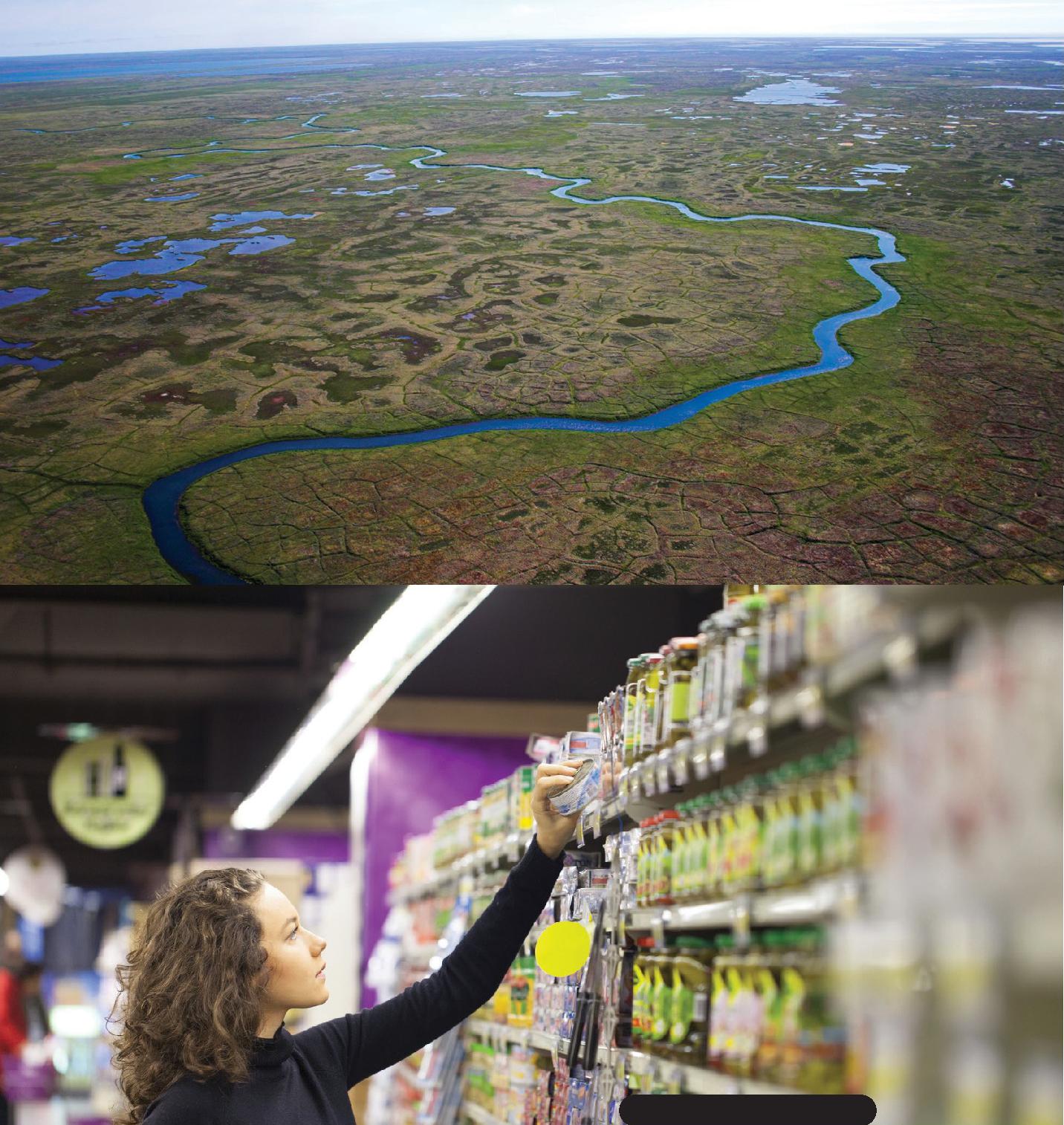
What does the thawing of permafrost zones in northern Eurasia and North America have in common with the building of large supermarkets in UK suburban areas? The answer lies in the degree to which an initial activity can have consequences which spread and intensify. Both examples illustrate the concept of feedback.
You should be familiar with systems theory. Feedback is probably one of the most important aspects of this. In this context, feedback occurs when one element of a system changes because of an outside inf luence. This upsets the dynamic equilibrium, or state of balance, and affects other components in the system. Negative feedback is when a system acts by lessening the effect of the original change and ultimately reversing it. Positive feedback occurs where a change causes a further, or snowball, effect, continuing or even accelerating the original change.
Your organisation does not have access to this article.
Sign up today to give your students the edge they need to achieve their best grades with subject expertise
Subscribe




